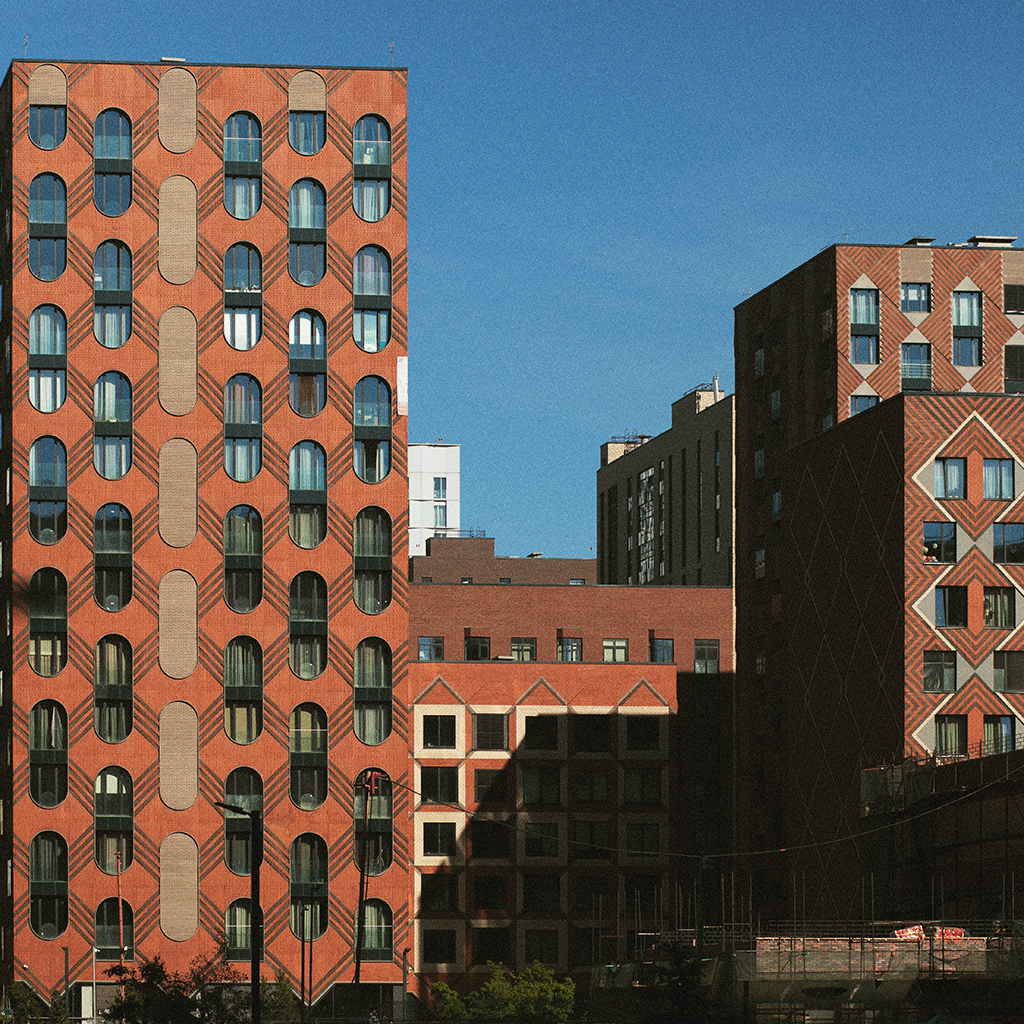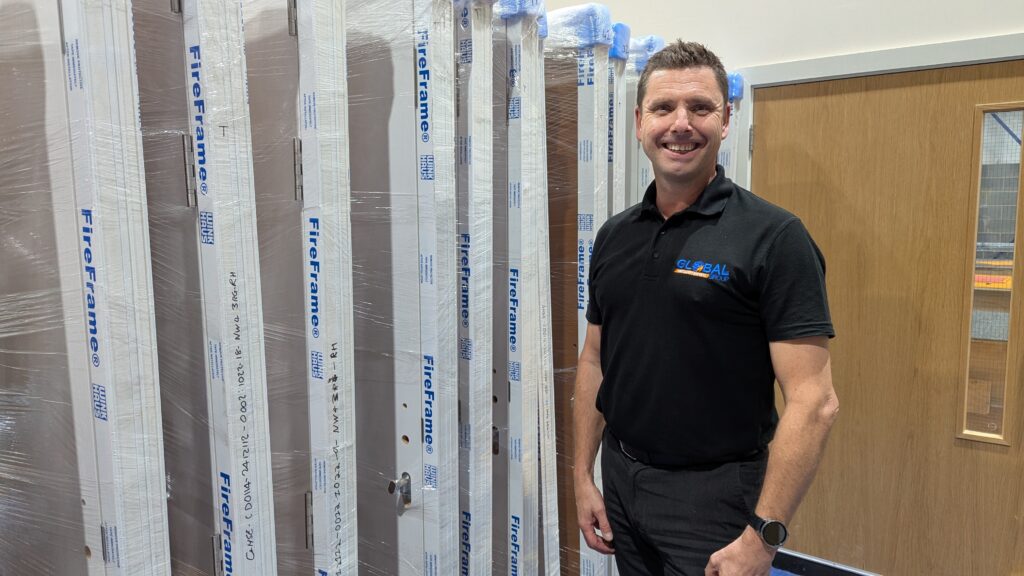Supporting Careers: Global HSE Group Welcomes Their First Marketing Graduate
Bingham, Nottinghamshire, December 18th 2025 – Global HSE Group, an industry leader in comprehensive fire safety, specialising in passive fire protection and technical fire consultancy has recently brought on board its first marketing graduate, Lydia Cooper, in support of the training and development of young professionals.
Lydia has joined the marketing team after graduating earlier this year from Newcastle University with a degree in marketing. The 3-year course, including a final year consultancy project, equipped her with essential skills in strategic marketing and data analysis.
Providing entry-level employment opportunity for local graduates is vital for transforming skills into real-world experience and this new role will provide the correct guidance needed for this next stage. Global HSE Group are committed to supporting individual growth, providing apprenticeships and industry relevant training courses. Lydia will strengthen the team’s capacity to deliver campaigns and will work across all aspects of marketing activities, gaining insight into key areas such as, digital communications, content creation, event management, and campaign support.
Andrew Cooper, Managing Director at Global HSE Group commented, “The role reflects our ongoing support and development of young professional careers, further highlighted through our apprenticeships and academy training programmes. We are always keen to get young minds on board to help guide and drive them in the right direction.”
Lydia added, “I’ve already received a warm welcome from the rest of the team and I am genuinely excited about the opportunity to develop my knowledge and grow within the role.”
About Global HSE Group
Global HSE Group is an industry leader in comprehensive fire safety, specialising in passive fire protection and technical fire consultancy, as well as delivering sustainability and MEP building services, and accredited passive fire training. Global is dedicated to protecting lives and property with innovative, compliant, and sustainable solutions.










